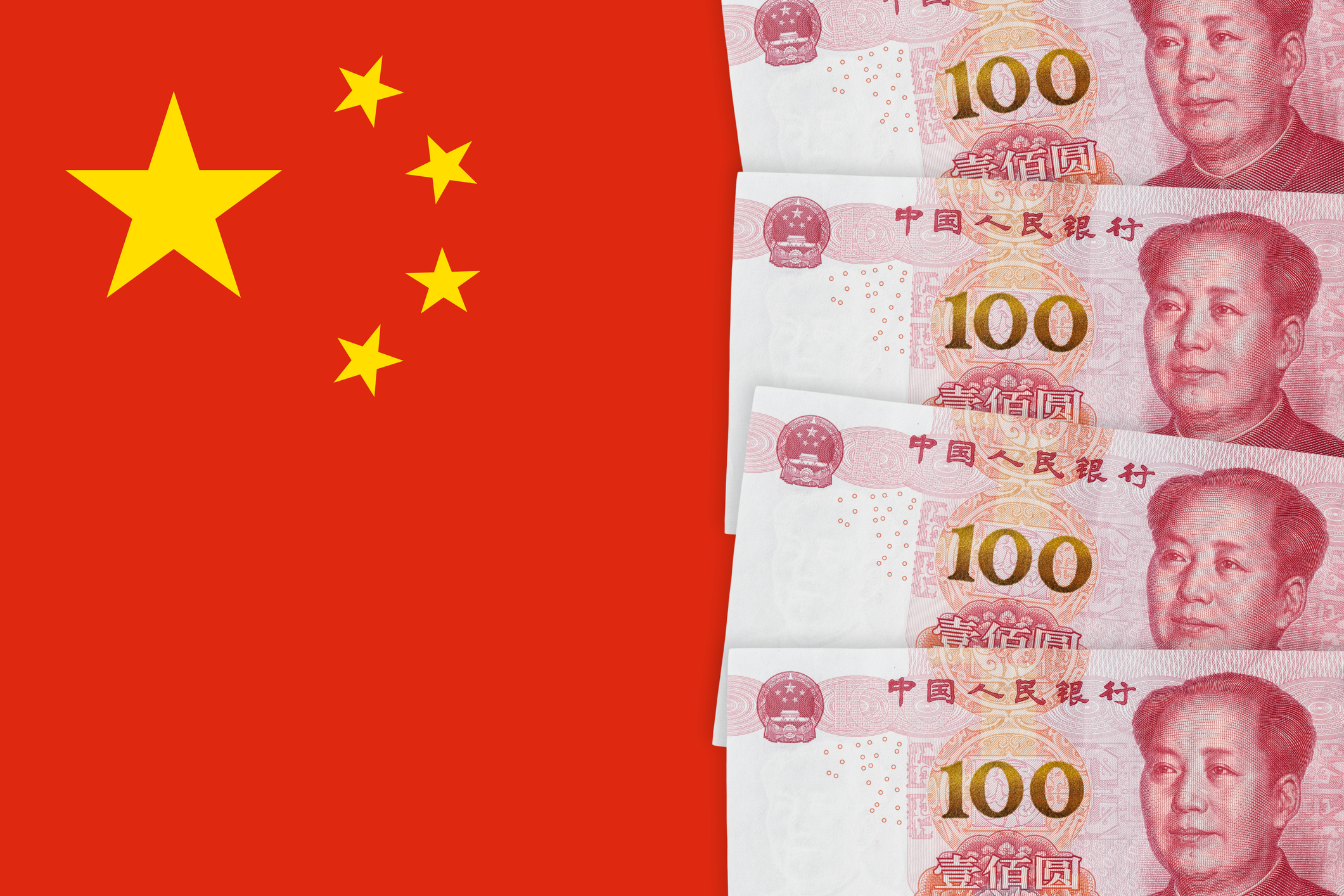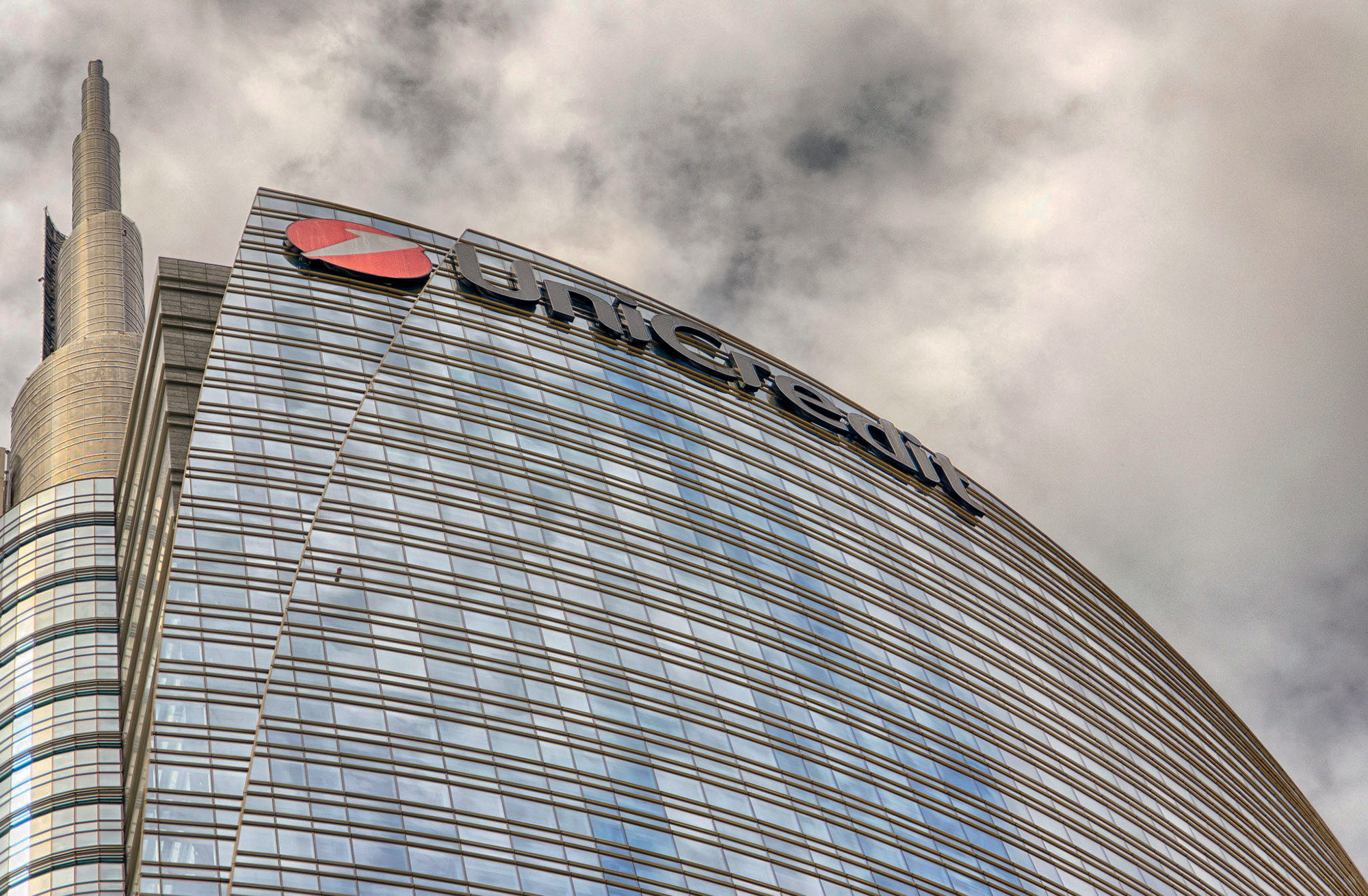
Liquidity risk solution of the year: Bloomberg
Asia Risk Awards 2021
Across financial industries today, accurately quantifying liquidity risk poses a significant challenge and regulators around the globe are increasing their focus on market liquidity and liquidity risk frameworks – making the ability to generate accurate and defendable metrics paramount for the industry. With this at the forefront of its Liquidity Assessment (LQA) solution, Bloomberg has been awarded the Asia Risk Technology Award 2021 for liquidity risk solution of the year.
Bloomberg’s liquidity analytics solution covers more than 4.2 million securities around the world, including government bonds; corporate bonds; municipal bonds; secondary market loans; equities; exchange-traded funds; securitised products; ‘to-be-announceds’, which facilitate the forward trading of mortgage-backed securities; and listed derivatives.
Brad Foster, global head of enterprise data content at Bloomberg, explains how “Bloomberg’s solution for liquidity assessment – LQA – leverages Bloomberg’s robust financial datasets to provide an objective quantitative assessment of market liquidity across multiple asset classes to facilitate regulatory compliance and enhance risk management and investment processes”. The LQA solution is able to estimate liquidation cost and horizon, and compare liquidity analytics across multiple asset classes, providing customisable models to enable user-specific views along with scenario analysis and stress-testing.
LQA takes a unique approach to assessing liquidity, leveraging a robust financial dataset together with cutting-edge quantitative models and by applying the latest machine learning techniques to ensure all relevant factors that can influence liquidity are taken into account and analysing how liquidity is impacted by changing market conditions. With the inclusion of a detailed quality assurance process and back-testing framework, users are able to ensure the model output matches their expected output figures.
While LQA provides clients with the ability to stress-test underlying market conditions at the security level, they can also request transaction-level metrics for various percentiles of liquidation cost and horizon distributions. Foster notes the importance of this in that “this allows clients to better simulate ‘tail events’ like those witnessed in March 2020 and is particularly useful when building limit monitoring frameworks and responding to regulator demand for stress scenario outputs”.
What sets Bloomberg apart from others in the field is that it offers multiple channels to consume liquidity analytics for both front- and back-office managers. The LQA service in particular allows for interaction via a programmatic API or directly in Excel in addition to the Bloomberg Terminal itself. This front-to-back consistency throughout the trade lifecycle “allows clients to easily harness the power of Bloomberg data and machine learning to solve for one of the most difficult metrics to quantify: liquidity”, Foster notes.
While the extreme volatility in March 2020 was short-lived, the market impact was much larger than anyone had imagined even in their most extreme scenarios. Now we see clients leveraging LQA to build more severe scenarios that simulate the impact of a poor recovery from the pandemic, future lockdowns due to new variants, and combining the worst of 2020 with 2008
Brad Foster, Bloomberg
This front-to-back integration addresses a key challenge for Bloomberg clients who want to assess liquidity throughout the trade lifecycle. This integration and connectivity essentially allows front-office users to incorporate LQA into their pre-trade analysis and have it integrated seamlessly into their existing real-time systems.
Bloomberg’s LQA solution confronts another one of the biggest challenges its clients face today – in stress-testing and scenario analysis. Looking back at the extreme and unprecedented market volatility in March 2020 together with the ongoing uncertainty posed by the pandemic, Bloomberg clients have been re-calibrating their stress scenarios as well as adding new ones. Having spent time remodelling their scenarios based on real global economic events of the past, such as the Lehman Brothers collapse and the 2008 global financial crisis, most clients found that nothing was able to prepare them for what happened in 2020.
Foster describes that “while the extreme volatility in March 2020 was short-lived, the market impact was much larger than anyone had imagined even in their most extreme scenarios. Now we see clients leveraging LQA to build more severe scenarios that simulate the impact of a poor recovery from the pandemic, future lockdowns due to new variants, and combining the worst of 2020 with 2008 where there is a prolonged period of decreased trading volume paired with extreme volatility.”
In keeping with the times, Bloomberg recognises the increased focus and preference for securities that promote environmental, social, and governance (ESG) issues. Foster says Bloomberg is “updating the LQA models to include various ESG features and climate risk factors to capture the fact that these securities benefit from increased liquidity compared to their peers, and to react to how the relationship between ESG-linked assets and non-ESG-linked assets will change over time”.
Over the next year or so, Bloomberg will be expanding its model to differentiate between the liquidity on the buy side versus the sell side, especially when its clients are dealing with large volumes. Clients will be able to specify if they are buying or selling securities and LQA will calculate the liquidity based on the trade direction.
And finally, it is expanding the LQA model to include a new set of fields that will leverage its vast amounts of fixed income trade data to provide more empirical liquidity analytics for clients – providing greater transparency and enabling its clients to better understand liquidity in the market.
Only users who have a paid subscription or are part of a corporate subscription are able to print or copy content.
To access these options, along with all other subscription benefits, please contact info@risk.net or view our subscription options here: http://subscriptions.risk.net/subscribe
You are currently unable to print this content. Please contact info@risk.net to find out more.
You are currently unable to copy this content. Please contact info@risk.net to find out more.
Copyright Infopro Digital Limited. All rights reserved.
As outlined in our terms and conditions, https://www.infopro-digital.com/terms-and-conditions/subscriptions/ (point 2.4), printing is limited to a single copy.
If you would like to purchase additional rights please email info@risk.net
Copyright Infopro Digital Limited. All rights reserved.
You may share this content using our article tools. As outlined in our terms and conditions, https://www.infopro-digital.com/terms-and-conditions/subscriptions/ (clause 2.4), an Authorised User may only make one copy of the materials for their own personal use. You must also comply with the restrictions in clause 2.5.
If you would like to purchase additional rights please email info@risk.net
More on Awards
Clearing house of the year: LCH
Risk Awards 2025: LCH outshines rivals in its commitment to innovation and co-operation with clearing members
Best use of machine learning/AI: CompatibL
CompatibL won Best use of machine learning/AI at the 2025 Risk Markets Technology Awards thanks to its ground-breaking use of LLMs for automated trade entry, redefining speed and reliability in what-if analytics
Markets Technology Awards 2025 winners’ review
Vendors jockeying for position in this year’s MTAs, as banks and regulators take aim at counterparty blind spots
Equity derivatives house of the year: Bank of America
Risk Awards 2025: Bank gains plaudits – and profits – with enhanced product range, including new variants of short-vol structures and equity dispersion
Law firm of the year: Linklaters
Risk Awards 2025: Law firm’s work helped buttress markets for credit derivatives, clearing and digital assets
Derivatives house of the year: UBS
Risk Awards 2025: Mega-merger expected to add $1 billion to markets revenues, via 30 integration projects
Interest rate derivatives house of the year: JP Morgan
Risk Awards 2025: Steepener hedges and Spire novations helped clients navigate shifting rates regime
Currency derivatives house of the year: UBS
Risk Awards 2025: Access to wealth management client base helped Swiss bank to recycle volatility and provide accurate pricing for a range of FX structures
Most read
- EU firms fear dollar liquidity becoming tariff bargaining chip
- Trump tariffs sent FX options traders on a wild ride
- CFTC takes red pen to swaps rules, but don’t call it a rollback






















